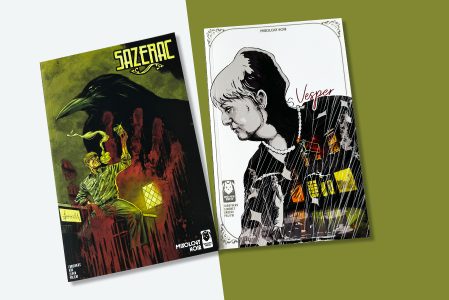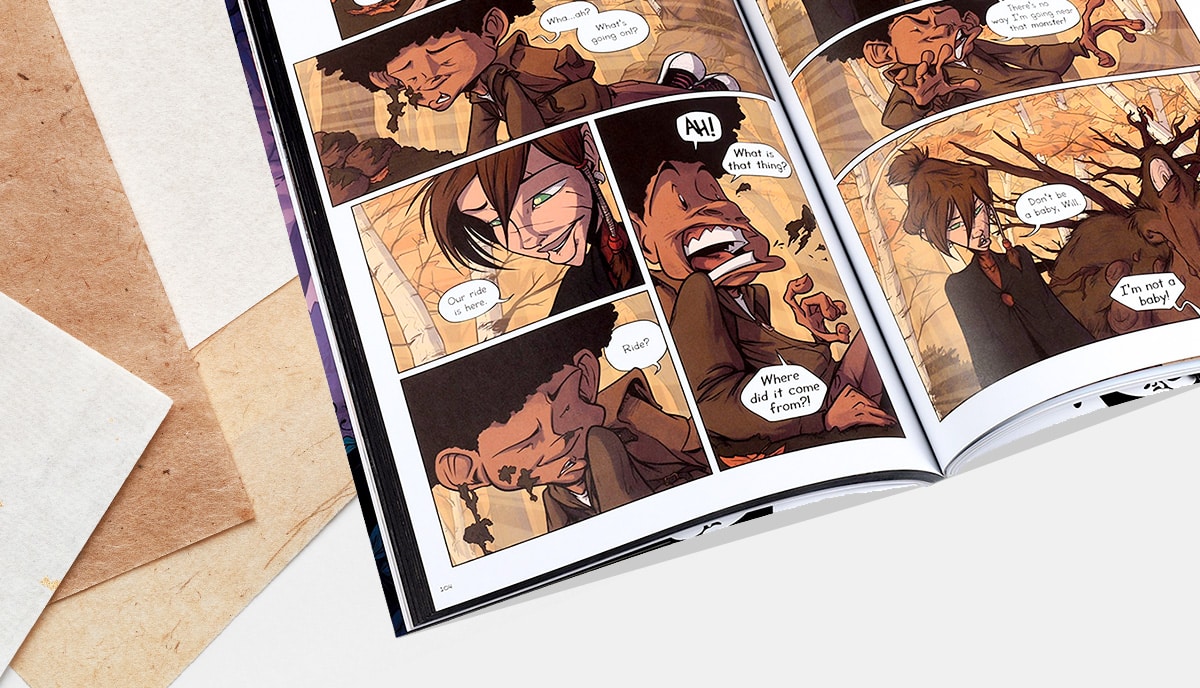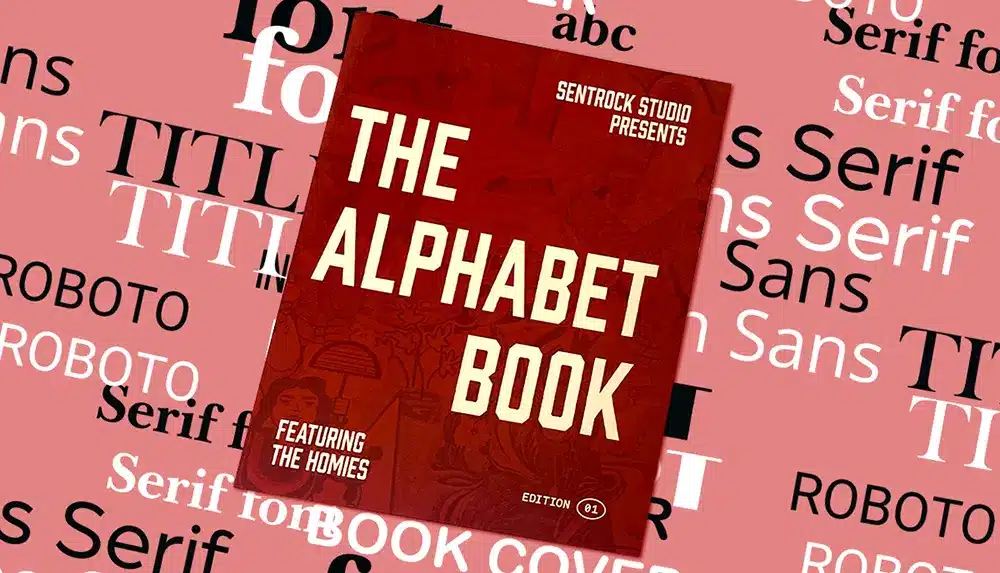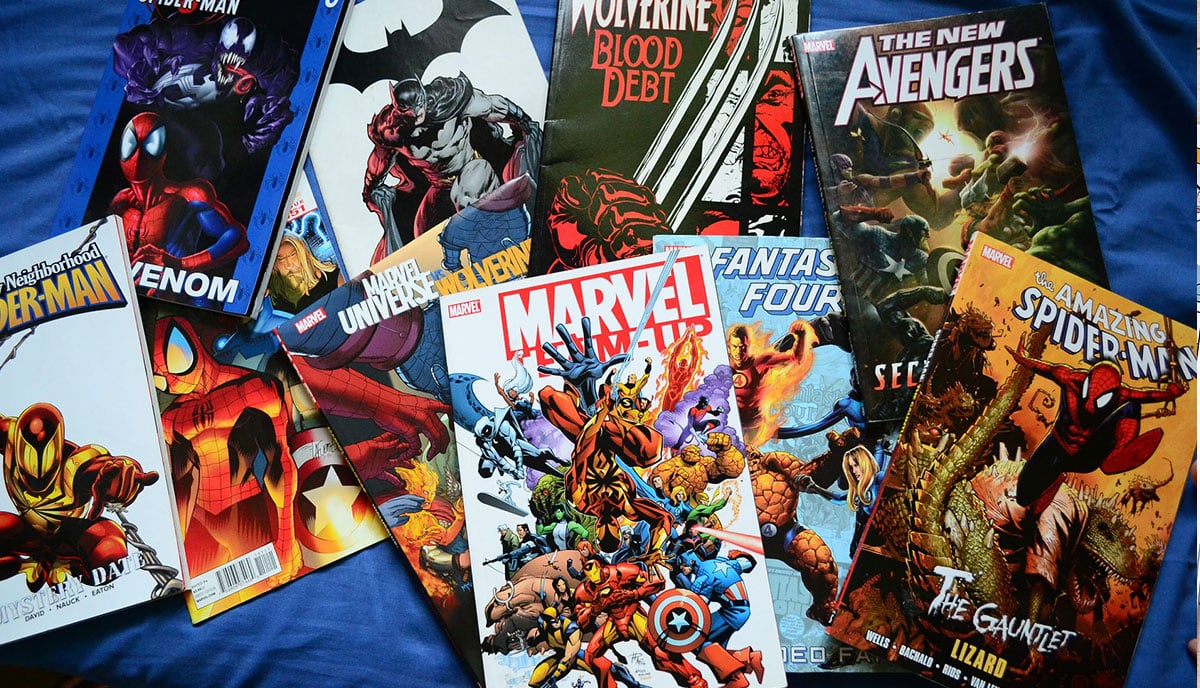We take a dive into the most popular comic book art styles, from the 30s to the present, to help you discover yours
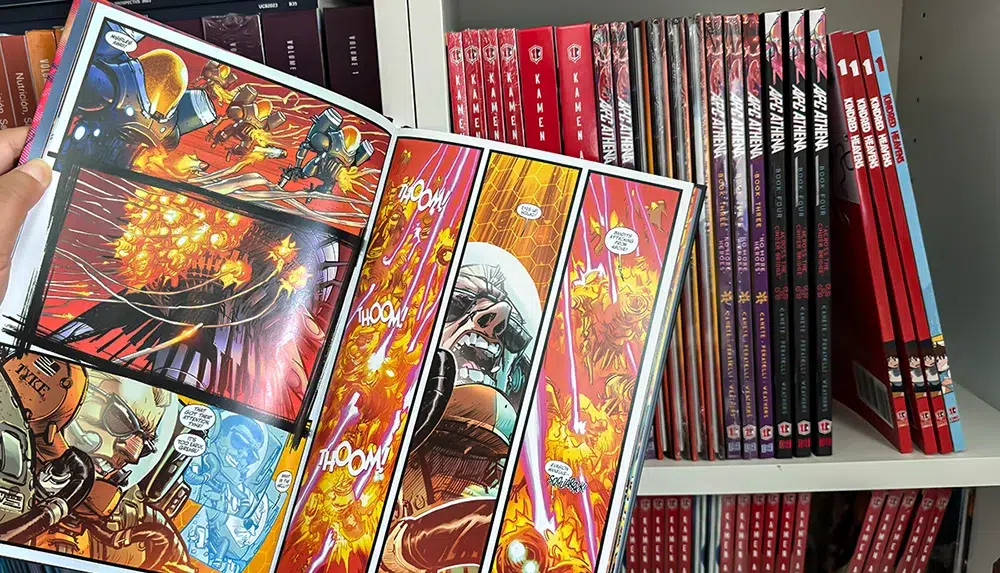
Comic book art styles are as diverse as the stories they tell. From the classic cartoonish style to the highly realistic and detailed approach, each artist brings their unique vision to the page. In this post, we’d like to explore the most popular comic book art styles and provide insights into how to choose and develop your own style. At the heart of every comic book is the art style, which brings the characters and narratives to life. Comic book art styles have evolved, influenced by various cultural and artistic movements. But before we go any deeper into that; just what do we mean by “art style” in terms of comic books?
What is comic book art style?
Comic book art style refers to the visual representation of characters, settings, and action in a comic book. It encompasses the use of lines, shapes, colors, and textures to create a distinct visual language. The art style sets the tone and atmosphere of the story, conveying emotions, and immersing readers in the narrative. It’s often genre-influenced, too, and may also be guided by the age group for which the comic is intended. Style can range from super-simple outlines to color-rich pages full of realistic detail to almost abstract or hyperreal expressions. But a particular art style usually makes the artist instantly recognizable by the look and atmosphere of their work. In this sense, it’s also branding, especially for comic book creators who stick to one genre consistently.
The evolution of comic book art
Comic book art styles have come a long way since their inception. The early comic strips of the 19th and early 20th centuries featured simple, exaggerated cartoonish characters often portrayed in only short frame series. As the medium developed, artists began experimenting with different techniques and styles, pushing the boundaries of what was possible. Ultimately, this has led to the evolution of the so-called “graphic novel” which is a full-length work of fiction, history, or biography told through high-quality artwork, well-crafted dialogue, and fine storytelling which has won it recognition not just as entertainment but as literature.
During what we often think of as the Golden Age of comics in the 1930s and 1940s, artists like Jack Kirby and Joe Shuster introduced a more dynamic and hyperrealistic art style, with bold lines and dramatic perspectives. This era laid the foundation for the superhero genre and set the stage for future artists to develop their own unique styles. Among non-comic readers, the superhero genre is arguably the most widely associated form of comic book art style.
In the 1950s and 1960s, we saw the rise of artists like Steve Ditko—who collaborated often with Stan Lee on the creation of the most iconic characters in the Marvel Universe. Throughout this era, the artist, Jack Davis, who brought a more stylized and expressive approach to his work, raised the bar of artistic credibility to the perception of what was possible with comic book art styles. This era also saw the emergence of manga-inspired art styles, with artists like Osamu Tezuka revolutionizing the visual storytelling techniques used in Japanese comics.
Reflecting a changing political and social landscape in many parts of the world and a shift from the optimism of the 50s and 60s in the western world, in the 1970s and 1980s several artists brought a darker and grittier art style to the forefront, with artists like Frank Miller—perhaps most famous for Sin City—and Neal Adams pushing the boundaries of what was acceptable in mainstream comics. This exciting period in comic book history also saw the rise of the first independent comic creators, with artists like Robert Crumb and Art Spiegelman using their unique art styles to tell personal and unconventional stories which were responsible for the “coming of age” of the comic book both as art style and as literature to confront significant themes for an adult readership and push towards the evolution of the graphic novel format.
In the modern era of comics, artists have access to a wide range of digital tools and techniques, allowing for even greater experimentation and innovation. Many contemporary comic book artists have eagerly embraced the possibilities of digital art and incorporated it into their unique styles, creating visually stunning and immersive comic book experiences.
The most popular comic book art styles
In the contemporary Indie scene, there are innumerable comic book art styles emerging. It’s a veritable melting pot of approaches and outputs, with a lot of experimental work taking place. Three key broad style definitions dominate the contemporary comic book scene.
Toon style
Toon style, also known as cartoon style, is one of the oldest and most recognizable comic book art styles. It is characterized by exaggerated, simplified, and often caricatured characters with bold outlines and vibrant colors. Toon style can range from simple and whimsical to complex and detailed, depending on the artist’s preferences and the tone of the story.
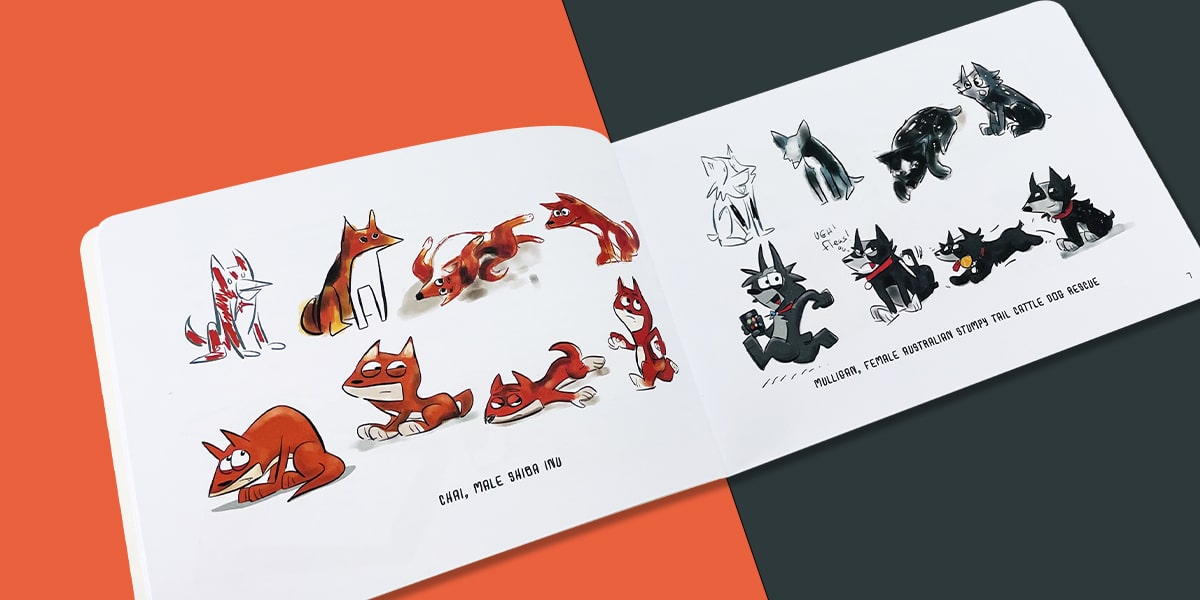
Manga style
Originating in Japan, manga style has become increasingly popular in the Western world. It is characterized by its highly stylized aesthetic, combining realistic proportions with exaggerated features, intricate backgrounds, and dynamic panel layouts. Manga style encompasses a wide range of genres, from action-packed shonen manga aimed at adolescent boys to emotionally driven shojo manga for girls.
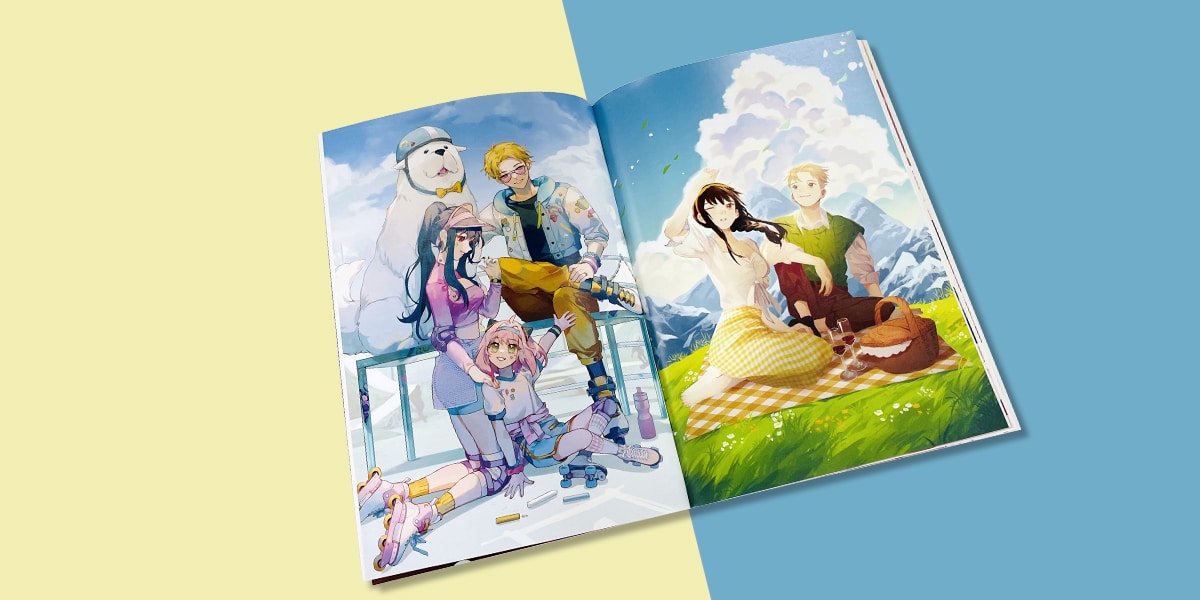
Western comic art style
Western comic art style, also known as superhero style, is the dominant style in mainstream American comics. It is characterized by its dynamic poses, detailed anatomy, and realistic shading and rendering techniques. Western comic art style has changed over time, with different artists bringing their unique interpretations to iconic characters like Superman, Batman, Spider-Man, and Wonder Woman.
Now we’ve looked at the three dominant contemporary trends in the most popular comic book art styles. It’s worth mentioning several of the most influential comic artists in the west, who have developed distinctive and popular styles of drawing and coloring comics.
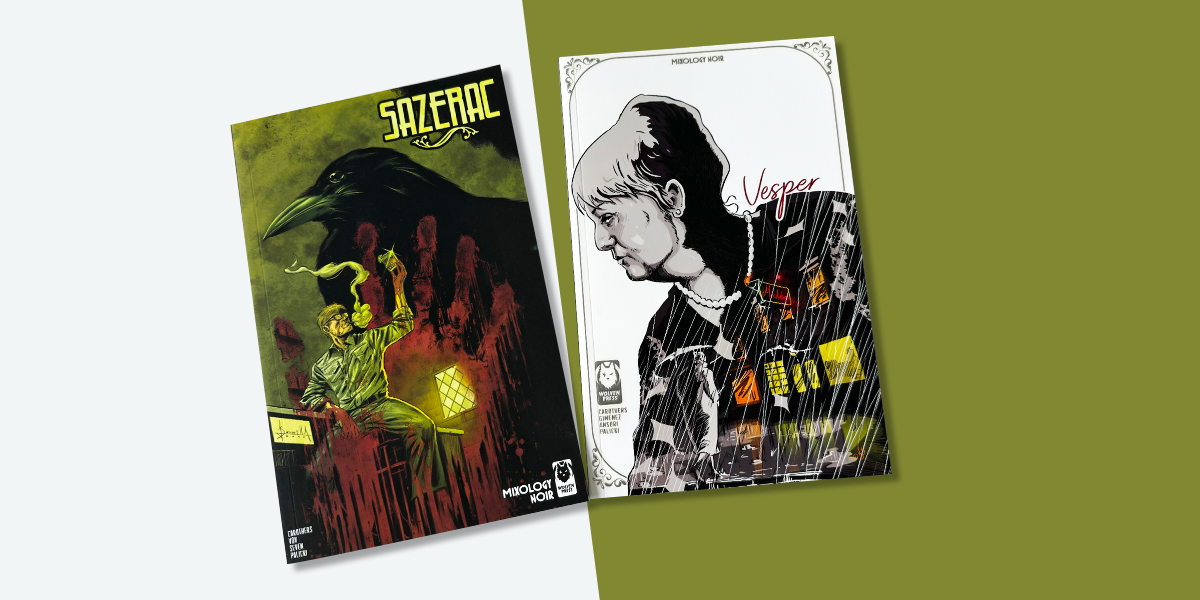
Jim Lee’s art style
A Korean American, Jim Lee’s comic art style is iconic in the superhero genre (he’s the creative head of DC Comics). Known for his work on X-Men, Superman, and Batman, Lee’s style is characterized by his dynamic poses, intricate line work, and vibrant colors. His art is instantly recognizable and has inspired countless artists in the industry.
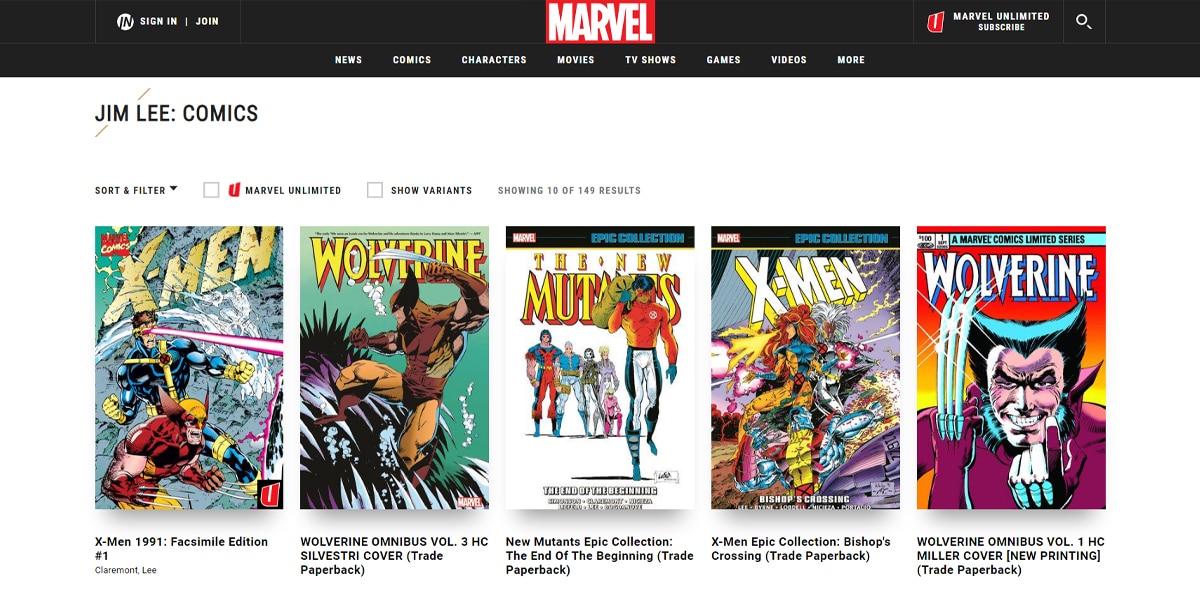
David Finch’s art style
The Canadian comic book artist David Finch is known for his dark and dramatic art style, which has made him another prominent artist in the modern superhero genre. His meticulous attention to detail, strategic use of shadows, and intricate line work create a sense of depth and realism in his illustrations. David also teaches comic book art.
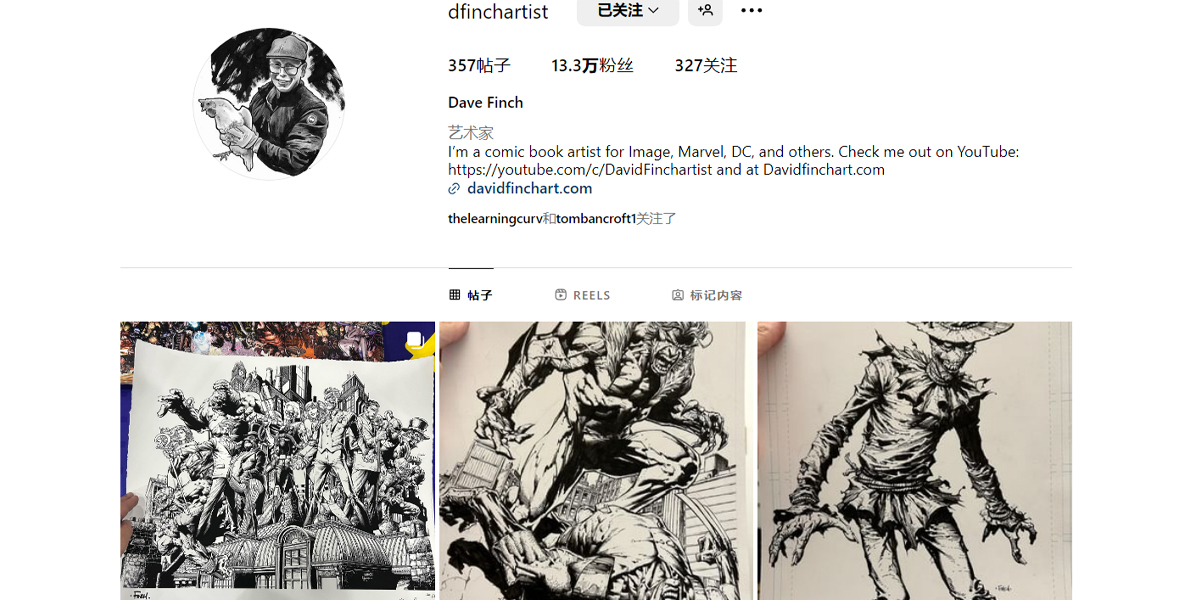
Greg Capullo’s art style
Greg Capullo’s art style combines grungy, detailed line work with a dynamic and expressive stylization. His characters are highly emotive, with nuanced facial expressions and body language that brings them to life on the page.
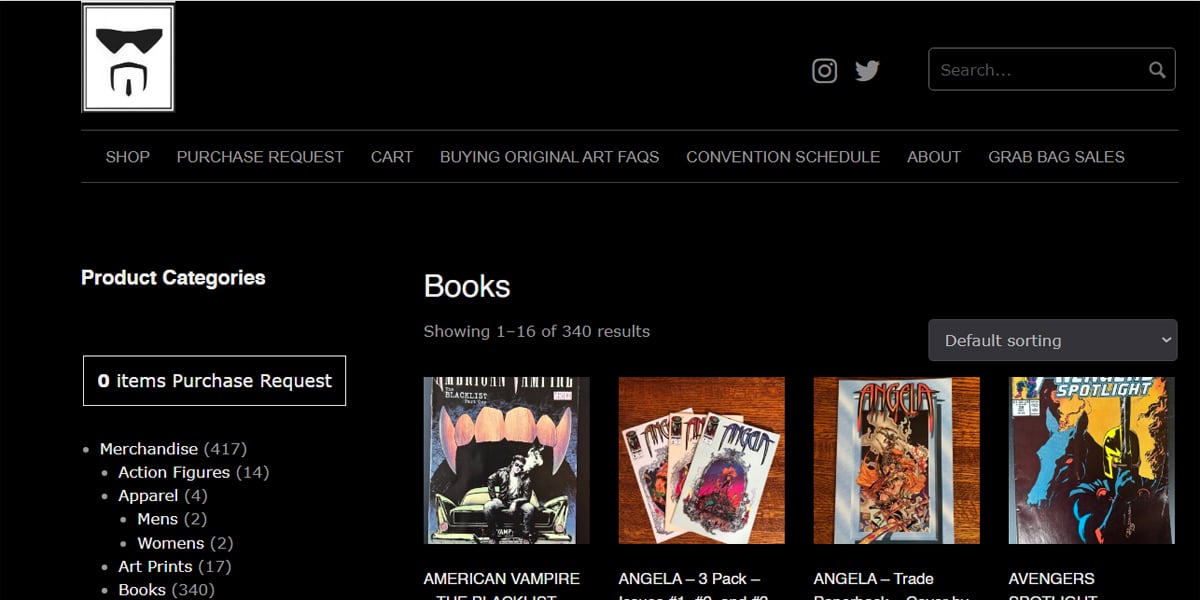
Mike Mignola’s art style
Probably most famous for creating Hell Boy, Mike Mignola’s art style is instantly recognizable for its distinctive use of shadows and silhouette. His dark and moody aesthetic, combined with his minimalistic line work, creates a haunting and often quite gothic atmosphere in his illustrations.
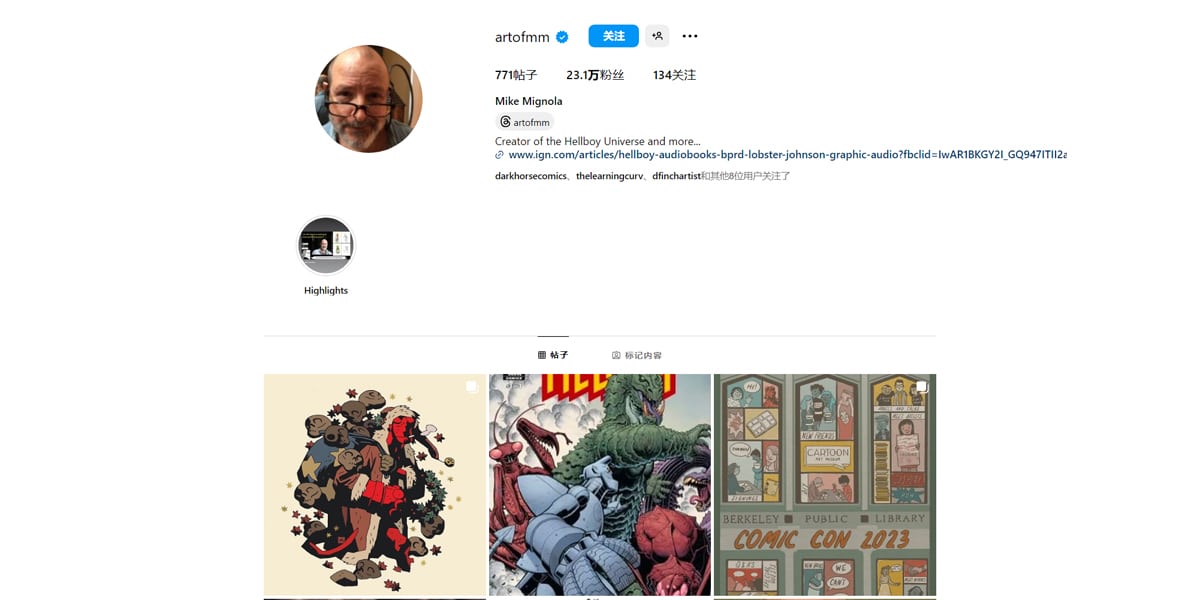
Developing a unique comic book art style
While it’s important to draw inspiration from the artists you admire, developing your own unique style is essential to stand out in the crowded comic book industry. As you study different art styles and techniques, experiment with combining elements from various artists to create a style that reflects your personality and artistic vision. This won’t happen overnight. Cultivating a unique style takes time and practice. Allow your style to develop naturally as you continue to learn and grow as an artist. Embrace the aspects of your work that set you apart from others and continue to refine and enhance them.
Comic book art styles are diverse and ever-evolving, offering artists the freedom to express their creativity and tell interesting stories. Whether you choose to embrace a toon style, manga style, or western comic art style, or to introduce something startlingly new to the scene, the key is to develop a unique approach that reflects your artistic vision.
Let’s talk!
If you’re an indie author, comic artist, or a small press wanting to print a beautiful comic book — and only the finest product and unbeatable customer service will do — we should talk. Get in touch today to chat through your needs or to ask for a no-obligation quote. We can’t wait to help you make your next comic the best!
